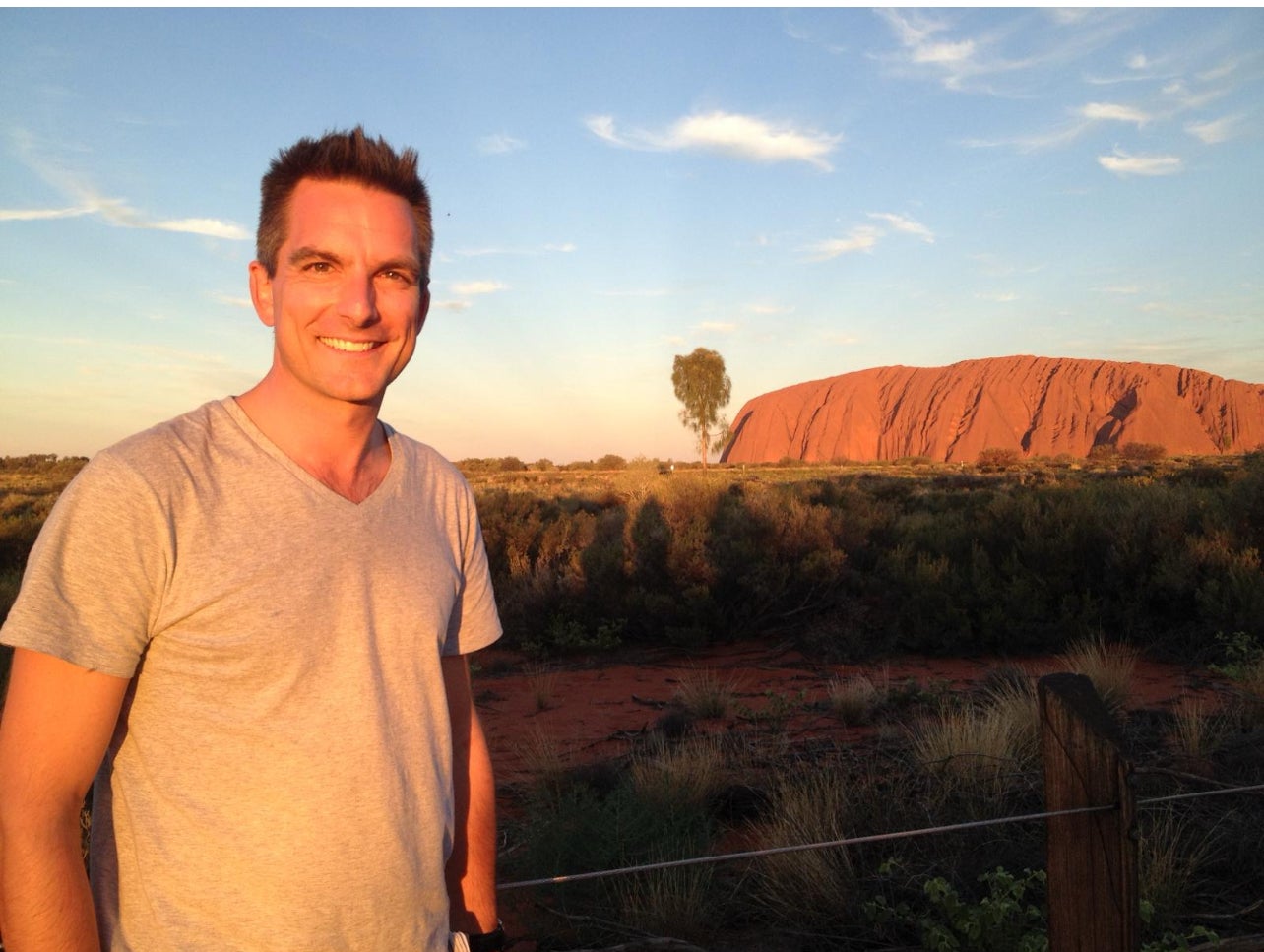A decade ago, I joined a huge group of international journalists standing in the red dirt of the Australian Outback, craning our necks, pointing our cameras and sweating in the relentless heat. We were waiting for the then Duke and Duchess of Cambridge to appear.
As the sun began its slow descent towards the horizon, William and Kate finally emerged after their guided walk around the giant rock that is Uluru.
The couple were on tour in Australia and New Zealand with baby Prince George and had come to experience the sandstone landmark for themselves. Posing slightly awkwardly, the couple gave the “Aussie salute”, waving away the flies which refused to leave any of us alone, royal or otherwise.
Comparisons were made with Charles and Diana’s similar trip 30 years earlier and their equally awkward photo call.
The royal family has been through a huge amount of change since that trip, but what hasn’t changed is the beauty and grandeur of Uluru. While Uluru remains rock steady, around it there is constant evolution with new creative and immersive ways of enjoying this ancient site.

So exactly 10 years after it first made an impression on me, I am back, this time with my family.
As we flew towards the sunburnt heart of Australia, I shared some facts with the kids about this “rock star”. It’s about 600 million years old and used to sit on the bottom of an ancient seabed. It’s the world’s largest single rock, taller than the Eiffel Tower and, like an iceberg, most of it is out of view underground.
What must surveyor William Gosse have thought when he stumbled across the landmark in 1873? He named it after the then chief secretary of South Australia, Sir Henry Ayers. In 1993, it was returned to the traditional Aboriginal name Uluru.
It is hard to describe how staggeringly beautiful Uluru is. Its colour constantly shifts as the sun sets, from rusty red to orange to crimson and all shades in between. Shadows slowly move across the rock until it is completely in darkness. When the sun, rises the colours reappear in reverse.
Read more: The best Australia holidays to do in your lifetime
Both Uluru and the nearby Kata Tjuta rock formation have huge cultural significance for the local
Click Here to Read the Full Original Article at The Independent Travel…
